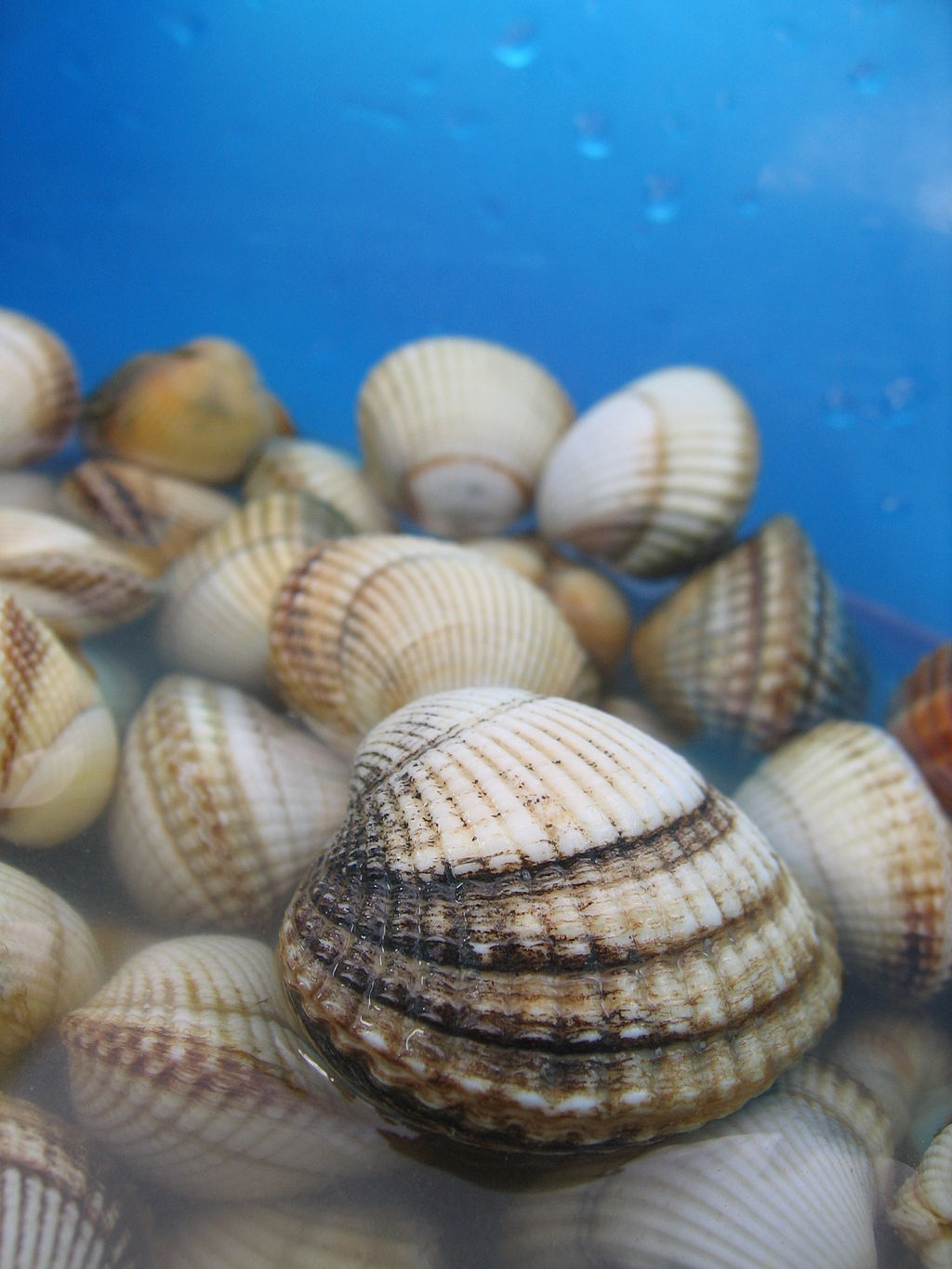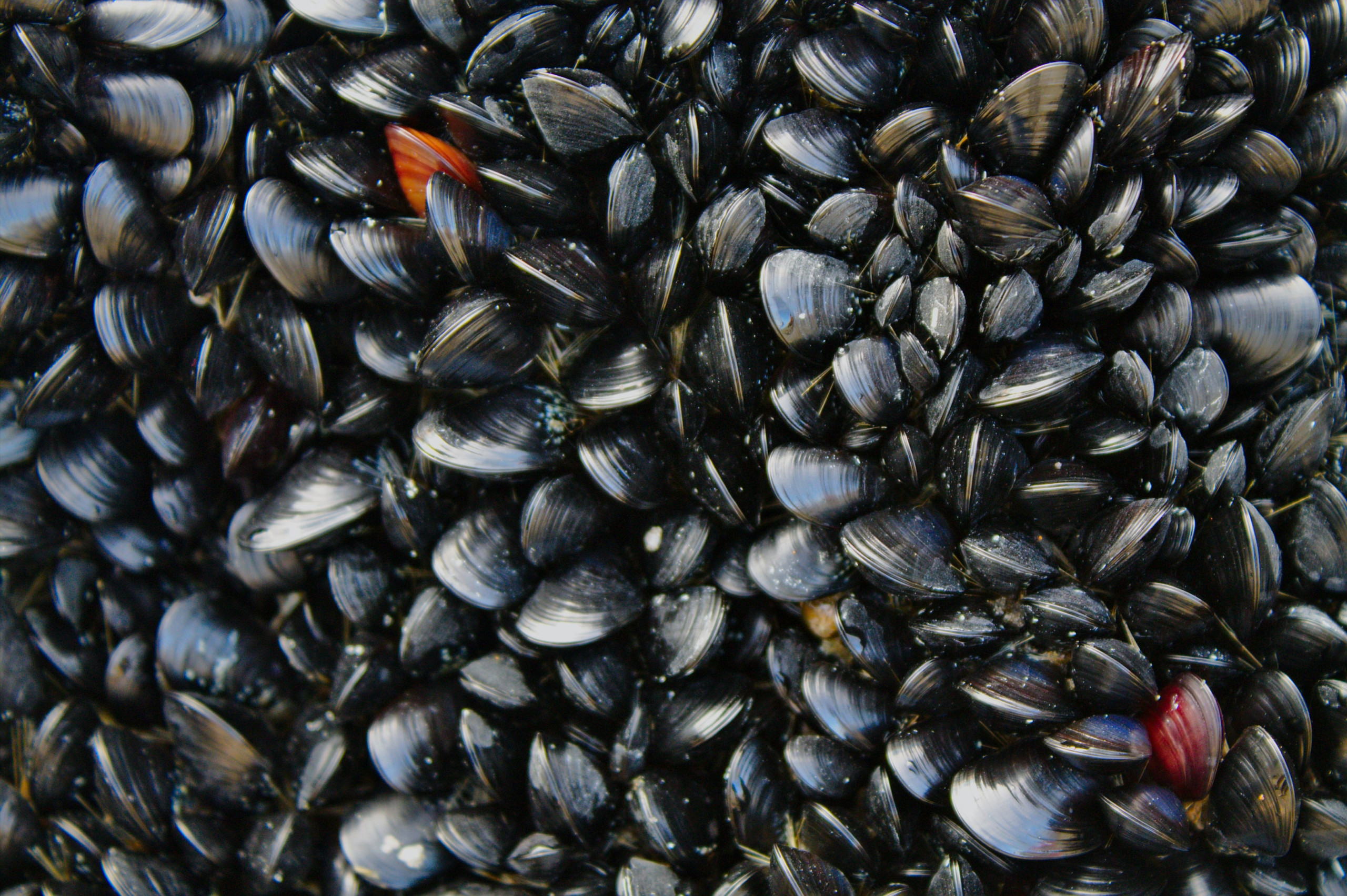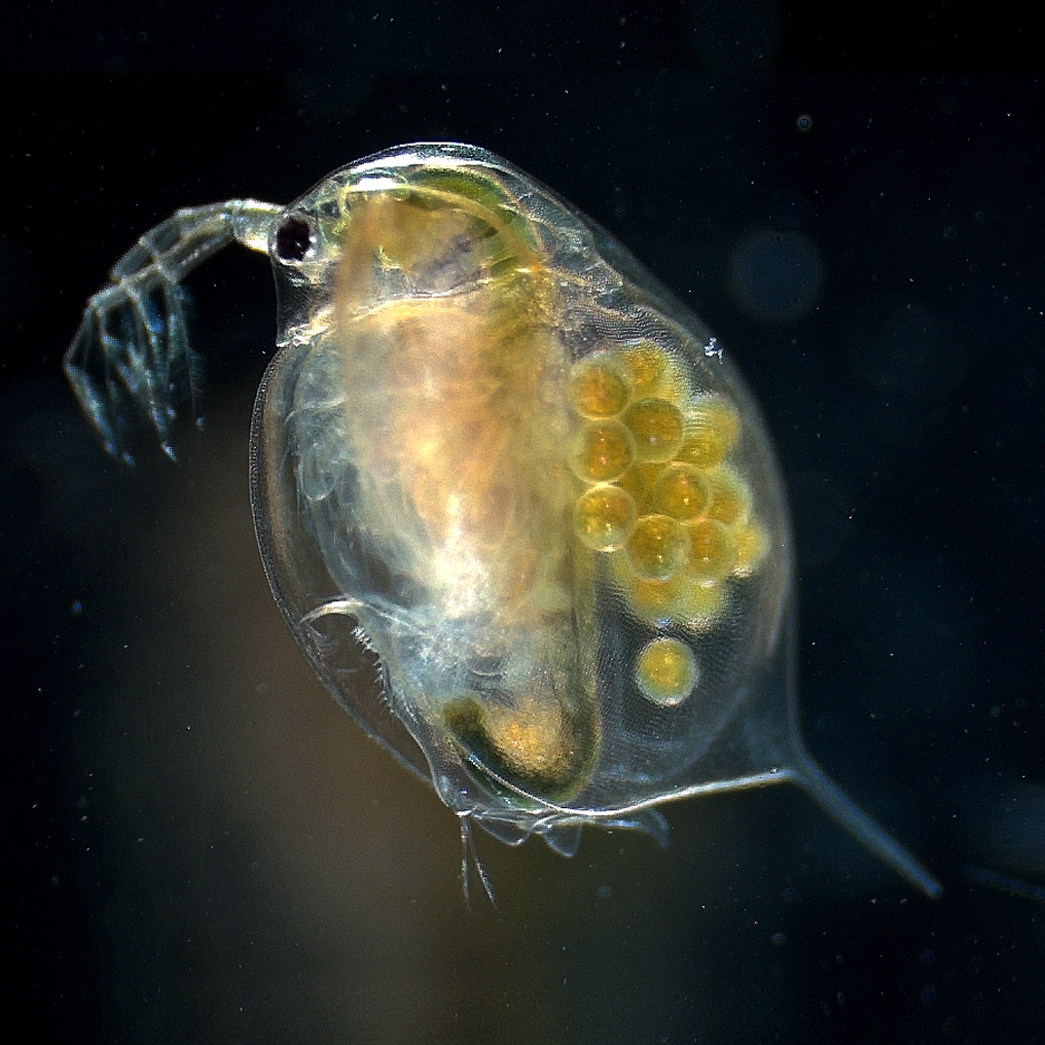Natur zientzien tresnarik eta metatutako ezagutzarik gabe, espetxe kognitibo batean harrapatuta daude gizakiak. Urmael ilun eta sakon batean jaiotzen diren arrain adimentsuak bezalakoak dira. Kuriosoak eta egonezinak dira, kanpora irten nahi dute, kanpoko munduaz pentsatzen dute. Mitoak asmatzen dituzte eta mugatzen dituen uraren jatorriaz, goiko eguzki eta izarrez eta beren existentziaren esanahiaz espekulazio zorrotzak egiten dituzte. Baina oker daude, beti daude oker, esperientzia arruntarekiko arrotzegia delako mundua imajinatua izan ahal izateko ere.
Edward O. Wilson (1998): Consilience. The Unity of Knowledge
Research
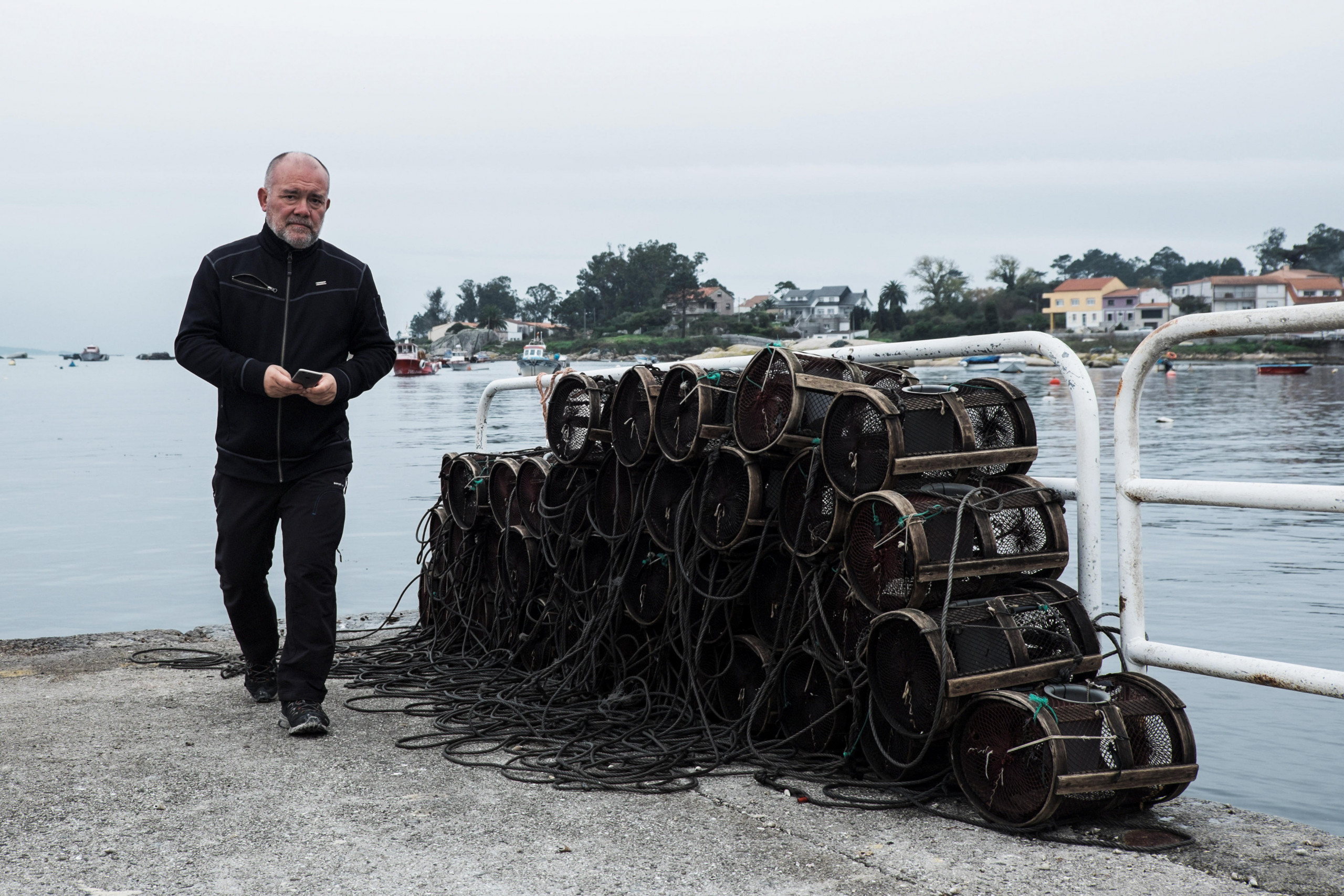
Actinia equina antozooaren tenperatur aklimatazioa
Lizentziatura ikasketak bukatu baino lehen hasi nintzen ikerketan, Actinia equina antozooaren tenperatura aldaketekiko aklimatazioari buruzko tesinarekin. 1982ko uztailean defendatu nuen. Beherago aurkezten diren bi argitalpenak dira lan horren emaitza. Lan hartan saiatu ginen Actinia equina delakoaren ingurumen-tenperatura aldaketari ematen dioten erantzuna epe labur eta luzean.
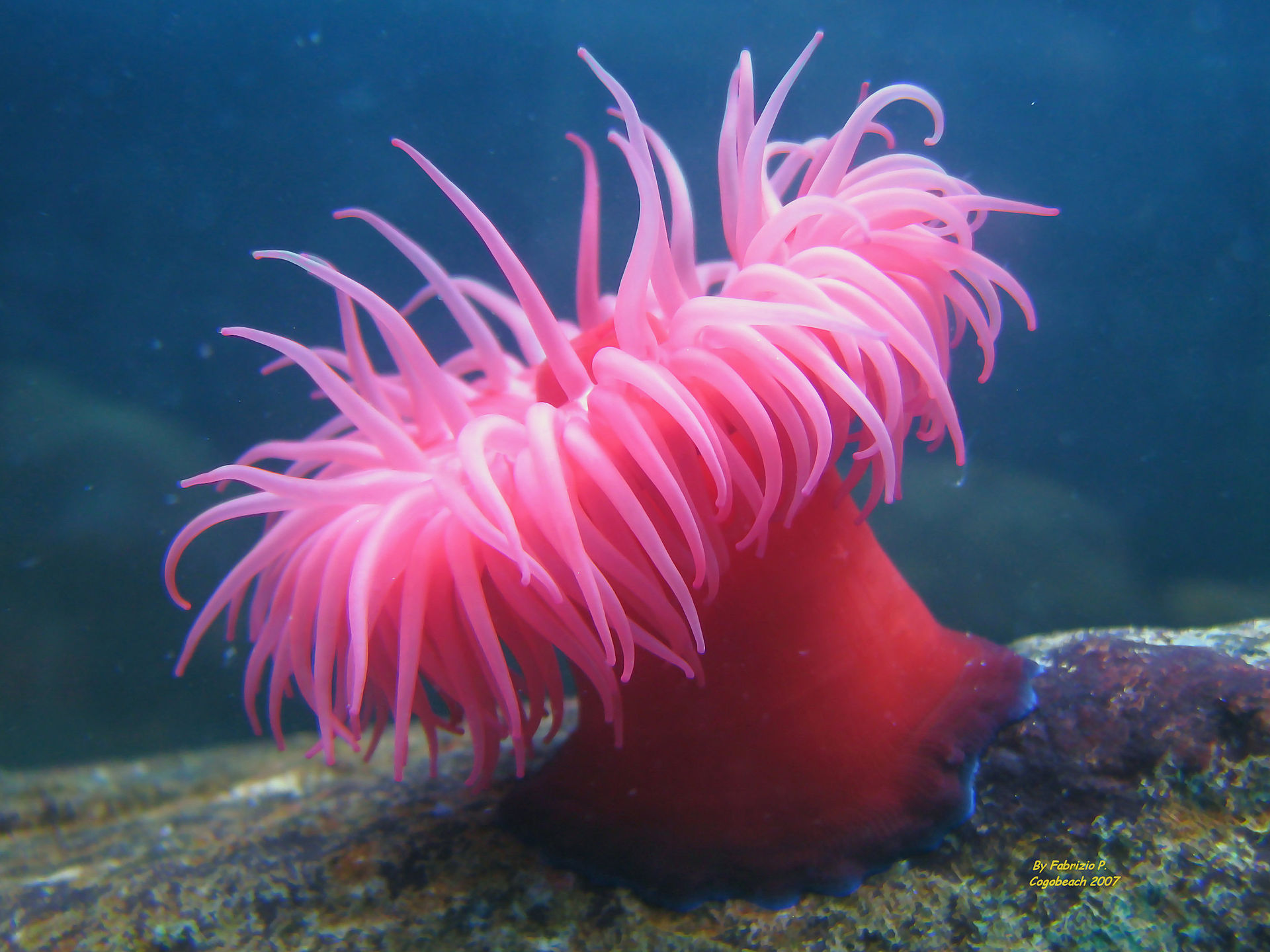
M. Ortega, J. I. P. Iglesias, E. Navarro (1984): Acclimation to temperature in Actinia equina L.: effects of season and shore level on aquatic oxygen consumption Journal of experimental marine Biology and Ecology 76 (1): 79-87.
E. Navarro, M. M. Ortega, J. I. P. Iglesias (1987): An analysis of variables affecting oxygen consumption in Actinia equina L.(Anthozoa) from two shore positions. Comparative Biochemistry and Physiology Part A: Physiology 86 (2): 233-240.
Bibalbioen hazkunde eta ugalketaren osagaiak
1983an hasi nintzen doktorego tesia egiten Eusko Jaurlaritzaren dirulaguntza bati esker. Animalia ektotermoek tenperatur aldaketari ematen dioten erantzun fisiologikoaren moldatze- edo doitze-balioa ezagutzea edo finkatzea zaila da metabolismo-neurketetan oinarritzen bagara bakarrik. Horixe izan zen lehen ikerketetatik ateratako irakaspenetako bat, hain zuzen ere. Izan ere, ekoizpena baldintzatzen duten prozesuak, alegia janariaren asimilazioa eta metabolismo-gastua ezaugarritu behar dira, horien menpekoa baitza animalia batek egin dezakeen ugal-ahalegina eta, beraz, lor dezakeen ugaltze-arrakasta ere.
Hori dela eta, Cerastoderma edule bibalbioaren hazkunde eta ugalketaren osagaien sasoi-aldaketa aztertu nuen nire ikerketa-lanean. Doktorego-tesia 1986an defendatu nuen. Eta zenbait urte geroago, antzeko ikerketa egin genuen Ruditapes decussatus espeziearekin.
Bibalbio esekidura-jaleak etengabe elikatzen dira, hau da, ez diote uzten ura ponpatze eta esekita dauden partikulak iragazteari. Hori dela eta, euren elikatze-tasen neurketa oso fidagarriak egin daitezke denbora laburretan; hau da, ordu bateko neurketen bitartez intersatzen zaizkigun parámetro fisiologikoen estimazio zehatza eta adierazgarria lor daiteke. Horrexegatik aukeratu genituen lanerako.
E. Navarro, J. I. P. Iglesias, A. Larrañaga (1989): Interannual variation in the reproductive cycle and biochemical composition of the cockle Cerastoderma edule from Mundaca Estuary (Biscay, North Spain). Marine Biology 101 (4): 503-511.
J. I. P. Iglesias, E. Navarro (1990): Shell growth of the cockle Cerastoderma edule in the mundaca estuary (North Spain). Journal of Molluscan Studies 56 (2): 229-238.
J. I. P. Iglesias, E. Navarro (1991): Energetics of growth and reproduction in cockles (Cerastoderma edule): seasonal and age-dependent variations. Marine Biology 111 (3): 359-368.
E. Navarro, J. I. P. Iglesias (1995): Energetics of reproduction related to environmental variability in bivalve molluscs. Haliotis 24: 43-55.
M. B. Urrutia, I. Ibarrola, J. I. P. Iglesias, E. Navarro (1999): Energetics of growth and reproduction in a high-tidal population of the clam Ruditapes decussatus from Urdaibai Estuary (Basque Country, N. Spain). Journal of Sea Research 42 (1): 35-48.
Elikatze eta janariaren digestioa bibalbioetan
Elikatze- eta liseritze-prozesuen bidez energia eskuratzearen garrantzia kontuan harturik, bibalbioen fisiologiaren ikuspegi horiek ikertzea erabaki genuen. Izan ere, esekiduran dauden janari-partikulen kalitatearen eta kontzentrazioaren aldaketen aurrean erakusten dituzten erantzun fisiologikoak aztertu genituen. Zehazkiago, bibalbio iragazleen elikatze-, digestio- eta xurgatze-zereginak izan genituen aztergai, janari kontzentrazio eta kalitate desberdinetarako.
Gure laborategian generaman ikerketa-lerroaz gain, beste bi ikerketa-egitasmorekin hasi ginen elkarlanean. Batetik, Galiziako itsasadarretan hazten diren muskuiluen fisiologiaren gaineko azterketak egiten hasi ginen Instituto de Investigaciones Marinas (CSIC) eta Instituto Español de Oceanografia ikerketa-zentroetako ikertzaileekin batera. Eta bestetik, Cerastoderma edule, Mytilus edulis eta Crassostrea gigas bibalbio hiru espezieren fisiologia ikertu genuen Plymouth Marine Laboratory (NERC, EB) eta Laboratoire “Ecosystèmes conchylicoles” (IFREMER, Frantzia) zentroetako ikertzaileekin lankidetzan garaturiko nazioarteko egitasmo zabal batean.
B. L. Bayne, A. J. S. Hawkins, E. Navarro, J. I. P. Iglesias (1989): Effects of seston concentration on feeding, digestion and growth in the mussel Mytilus edulis. Marine Ecology-Progress Series, 55 (1): 47-54.
A. J.S. Hawkins, E. Navarro, J. I. P. Iglesias (1990): Comparative allometries of gut-passage time, gut content and metabolic faecal loss in Mytilus edulis and Cerastoderma edule. Marine Biology 105 (2): 197-204.
E. Navarro, J. I. P, Iglesias, A. P. Camacho, U. Labarta, R. Beiras (1991): The physiological energetics of mussels (Mytilus galloprovincialis Lmk) from different cultivation rafts in the Ria de Arosa (Galicia, NW Spain). Aquaculture 94 (2-3): 197-212.
E. Navarro, J. I. P. Iglesias, M. M. Ortega (1992): Natural sediment as a food source for the cockle Cerastoderma edule (L.): effect of variable particle concentration on feeding, digestion and the scope for growth. Journal of Experimental Marine Biology and Ecology 156 (1): 69-87.
J. I. P. Iglesias, E. Navarro, P. Álvarez-Jorna, I. Armentia (1992): Feeding, particle selection and absorption in cockles Cerastoderma edule (L.) exposed to variable conditions of food concentration and quality. Journal of Experimental Marine Biology and Ecology 162 (2), 177-198
E. Navarro, J. I. P. Iglesias (1993): Infaunal filter-feeding bivalves and the physiological response to short-term fluctuations in food availability and composition. In R. F. Dame ed., Bivalve Filter Feeders in Estuarine and Coastal Ecosystem Processes, NATO ASI Series, vol. 33: 25-56, Springer-Verlag, Berlin.
B. L. Bayne, J. I. P Iglesias, A. J. S. Hawkins, E. Navarro, M. Heral, J.-M. Deslous-Paoli (1993): Feeding behaviour of the mussel, Mytilus edulis: responses to variations in quantity and organic content of the seston. Journal of the Marine Biological Association of the United Kingdom 73 (4): 813-829.
E. Navarro, JIP Iglesias, MM Ortega, X Larretxea (1994): The basis for a functional response to variable food quantity and quality in cockles Cerastoderma edule (Bivalvia, Cardiidae). Physiological Zoology 67 (2): 468-496.
J. I. P. Iglesias, M. B. Urrutia, E. Navarro, P. Alvarez-Jorna, X. Larretxea, S. Bougrier, M. Heral (1996): Variability of feeding processes in the cockle Cerastoderma edule (L.) in response to changes in seston concentration and composition. Journal of Experimental Marine Biology and Ecology 197 (1): 121-143.
E. Navarro, J. I. P. Iglesias, A. P. Camacho, U. Labarta (1996): The effect of diets of phytoplankton and suspended bottom material on feeding and absorption of raft mussels (Mytilus galloprovincialis Lmk). Journal of Experimental Marine Biology and Ecology 198 (2): 175-189.
J. I. P. Iglesias, A. Pérez-Camacho, E. Navarro, U. Labarta, R. Beiras, A. J. S. Hawkins, J. Widdows (1996): Microgeographic variability in feeding: absorption, and condition of mussels (Mytilus galloprovincialis LMK.): a transplant experiment. Journal of Shellfish Research 15 (3): 673-680.
M. B. Urrutia, J. I. P. Iglesias, E. Navarro, J. Prou (1996): Feeding and absorption in Cerastoderma edule under environmental conditions in the bay of Marennesoleron (Western France). Journal of the Marine Biological Association of the United Kingdom 76 (2): 431-450.
I. Ibarrola, J. I. P. Iglesias, E. Navarro (1996): Differential absorption of biochemical components in the diet of the cockle Cerastoderma edule: enzymatic responses to variations in seston composition. Canadian Journal of Zoology 74 (10): 1887-1897.
M. B. Urrutia, J. I. P. Iglesias, E. Navarro (1997): Feeding behaviour of Cerastoderma edule in a turbid environment: physiological adaptations and derived benefit. Hydrobiologia 355 (1): 173-180.
E. Navarro, J. I. P. Iglesias, M. B. Urrutia, J. Parra (1997): Simulating physiological responses of cockles (Cerastoderma edule) to variable conditions within estuarine media. Aquatic Living Resources 10 (1): 59-66.
A. J. S Hawkins, B. L. Bayne, S. Bougrier, M. Héral, J. I. P. Iglesias, E. Navarro, R. F. M. Smith, M. B. Urrutia (1998): Some general relationships in comparing the feeding physiology of suspension-feeding bivalve molluscs. Journal of Experimental Marine Biology and Ecology 219 (1-2): 87-103.
J. I. P. Iglesias, M. B. Urrutia, E. Navarro, I. Ibarrola (1998): Measuring feeding and absorption in suspension-feeding bivalves: an appraisal of the biodeposition method. Journal of Experimental Marine Biology and Ecology 219 (1-2), 71-86
I. Ibarrola, X. Larretxea, J. I. P. Iglesias, M. B. Urrutia, E. Navarro (1998): Seasonal variation of digestive enzyme activities in the digestive gland and the crystalline style of the common cockle Cerastoderma edule. Comparative Biochemistry and Physiology Part A: Molecular & Integrative Physiology 121 (1): 25-34.
I. Ibarrola, E. Navarro, J. I. P. Iglesias (1998): Short-term adaptation of digestive processes in the cockle Cerastoderma edule exposed to different food quantity and quality. Journal of Comparative Physiology B 168 (1): 32-40.
E. Navarro, M. B. Urrutia, J. I. P. Iglesias, I. Ibarrola (1998): Tidal variations in feeding, absorption and scope for growth of cockles (Cerastoderma edule) in the bay of Marennes-Oleron (France). Vie et Milieu/Life & Environment, 48 (4): 331-340.
I. Ibarrola, E. Navarro, J. I. P. Iglesias, M. B. Urrutia (1999): Time-course of digestive-enzyme acclimation in the cockle Cerastoderma edule. Marine Biology 135 (1): 47-56.
I. Ibarrola, M. Etxeberria, J. I. P. Iglesias, M. B. Urrutia, E. Angulo (2000): Acute and acclimated digestive responses of the cockle Cerastoderma edule (L.) to changes in the food quality and quantity: II. Enzymatic, cellular and tissular responses of the digestive gland. Journal of Experimental Marine Biology and Ecology 252 (2): 199-219.
I. Ibarrola, E. Navarro, J. I. P. Iglesias, M. B. Urrutia (2000): Temporal changes of feeding and absorption of biochemical components in Cerastoderma edule fed an algal diet. Journal of the Marine Biological Association of the United Kingdom 80 (1): 119-125.
M. B. Urrutia, E. Navarro, I. Ibarrola, J. I. P. Iglesias (2001): Preingestive selection processes in the cockle Cerastoderma edule: mucus production related to rejection of pseudofaeces. Marine Ecology-Progress Series 209, 177-187.
I. Ibarrola, X. Larretxea, E. Navarro, J. I. P. Iglesias, M. B. Urrutia (2008): Effects of body-size and season on digestive organ size and the energy balance of cockles fed with a constant diet of phytoplankton. Journal of Comparative Physiology B 178 (4): 501-514.
Ur gezetako ornogabeen toxikologia
Azkenik, Daphnia magna krustazeo eta Tubifex tubifex oligoketoaren hazkunde eta ugalketan kutsadura maila desberdinetako jalkinek dituzten ondorioak ikertzen aritu ginen gure sail bereko beste ikertzaileekin lankidetzan. Era horretara toxikologia alorrera eraman nahi genituen bibalbioekin lehenago garatutako eta hain baliagarriak suertatu zitzaizkigun teknika eta kontzeptuak.
M. Martinez-Madrid, P. Rodriguez, J. I. Perez-Iglesias (1999): Sediment toxicity bioassays for assessment of polluted sites in the Nervion river (Northern Spain). 1. Three-brood sediment chronic bioassay of D. magna Straus. Ecotoxicology 8 (2): 97-109.
M. Martinez-Madrid, P. Rodriguez, J. I. Perez-Iglesias, E. Navarro (1999): Sediment toxicity bioassays for assessment of polluted sites in the Nervion river (Northern Spain). 2. Tubifex tubifex (Oligochaeta) reproduction sediment bioassay. Ecotoxicology 8 (2) 110-124.
